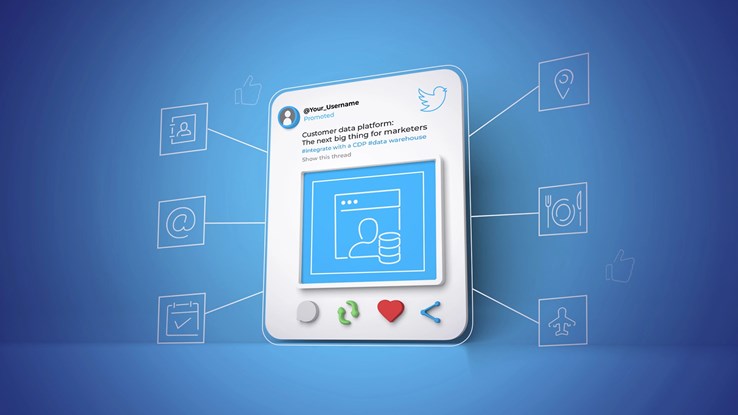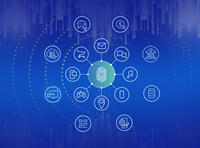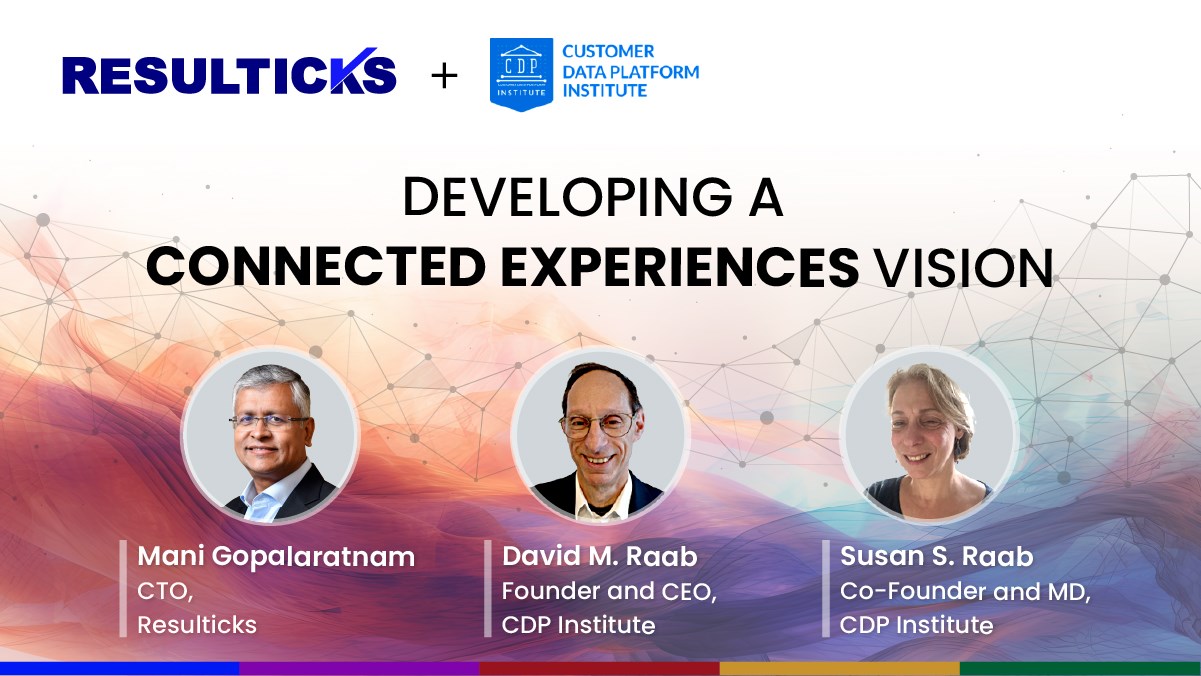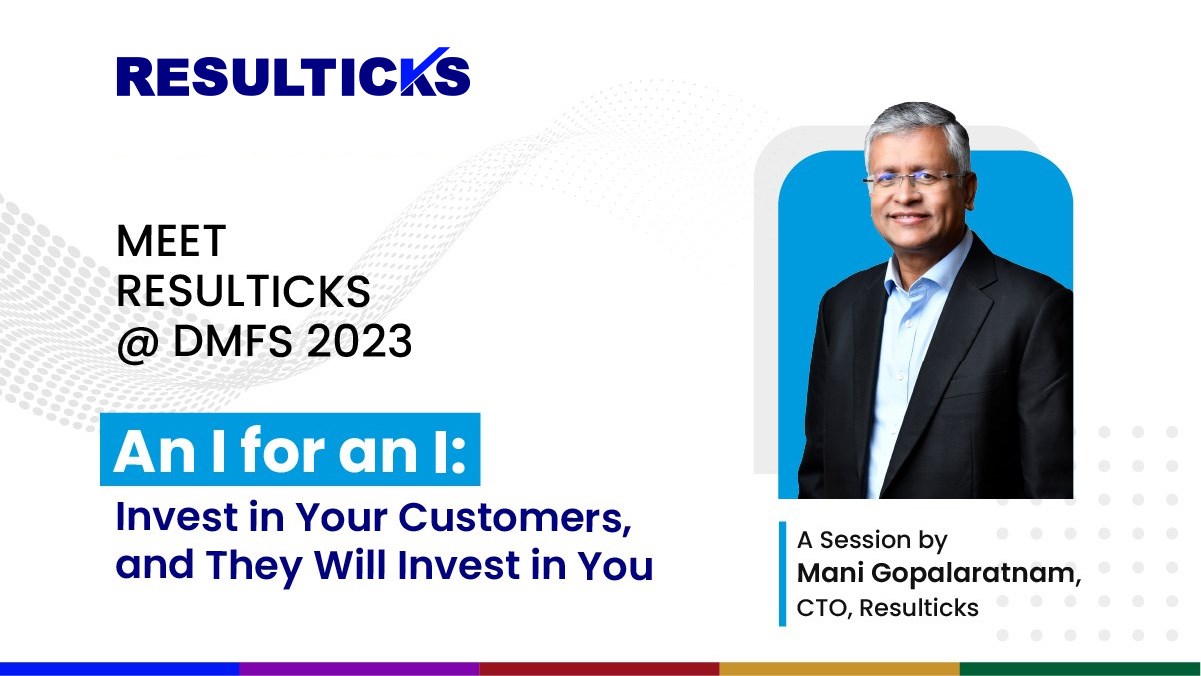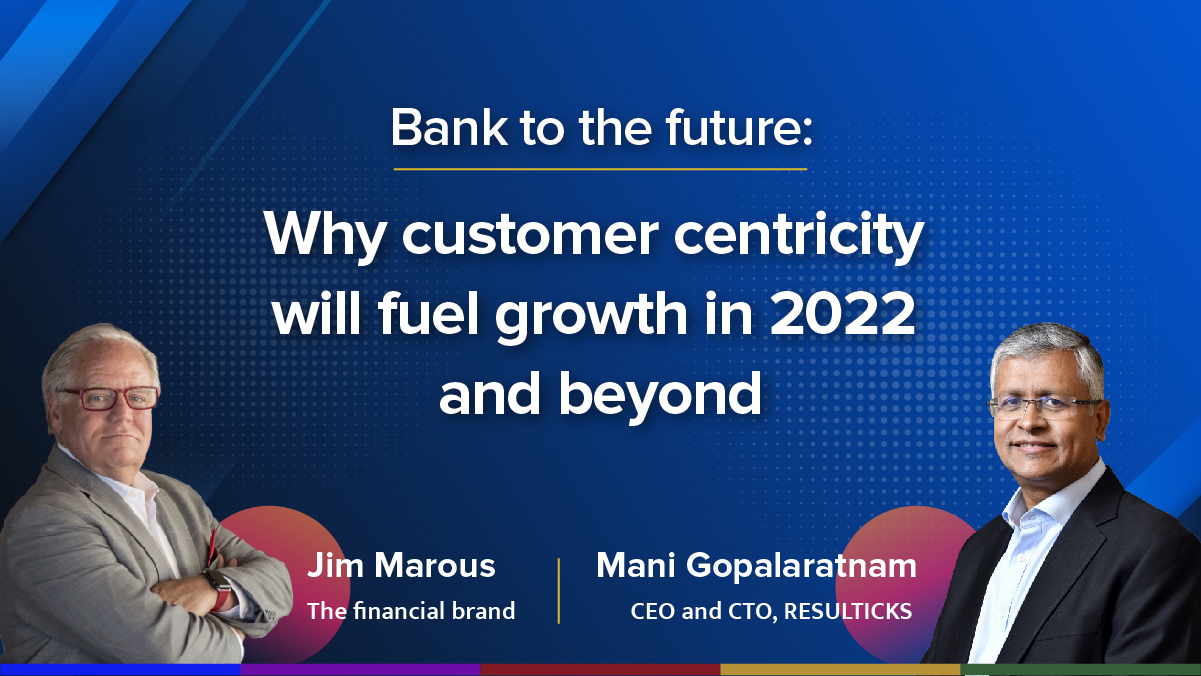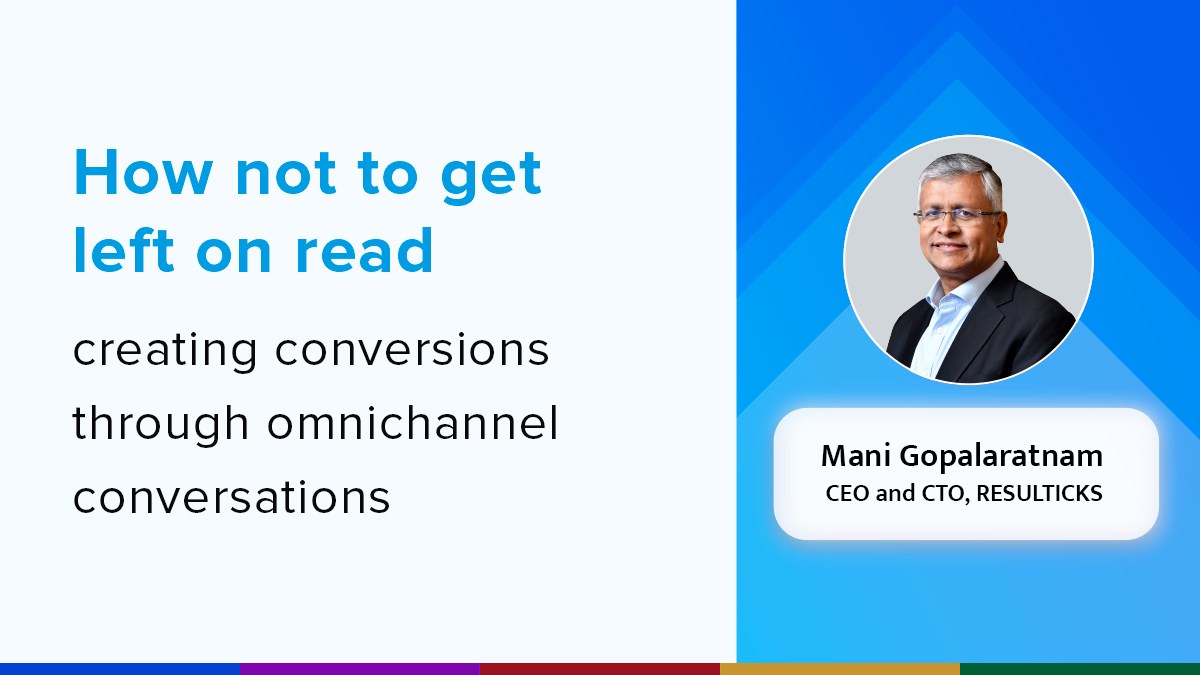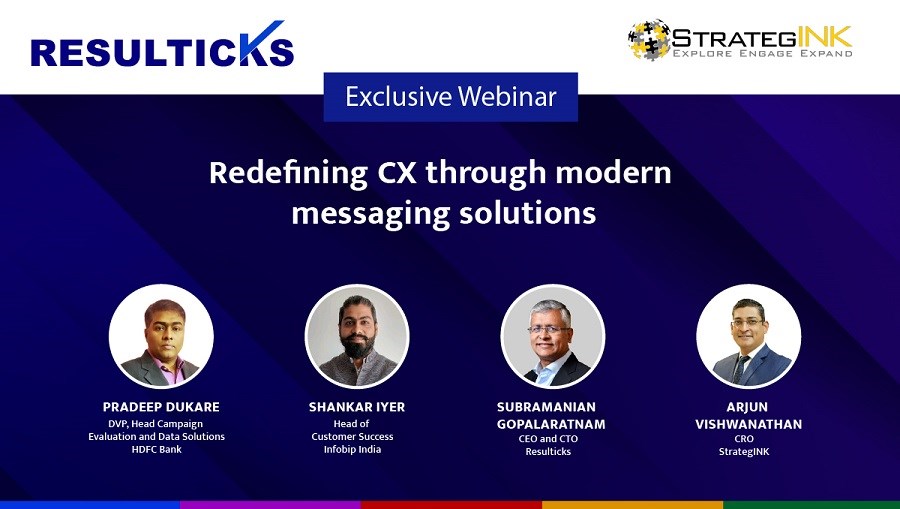Summary
- A Customer Data Platform (CDP) creates a fertile ecosystem for seamless customer journeys
- CDPs can resolve common data management issues such as lack of identification and security concerns
- Brands can become future-proof with a CDP’s AI/ML-driven insights and 360-degree customer views
Today’s omnipresent consumers navigate a wide array of touch points in their interactions with brands. In the process, they leave their footprints in the form of signals and intents. Many organizations fail to utilize this data effectively due to outdated approaches and tools that cannot leverage the data for seamless customer experiences—in time and at scale.
This is where a Customer Data Platform (CDP) comes in.
To start off, what exactly is a CDP, and what makes it so different from other software solutions?
What are the contemporary customer data challenges?
Depending on the organization’s scale and scope of operations, the challenges may vary. For instance, organizations could lack adequately integrated data sets, while others face hassles in keeping up with the volume of data they have to deal with.
Another common challenge is the failure to capture and maintain relevant and actionable data. This holds back brands from the achievement of a holistic customer view and the delivery of seamless digital experiences.
As organizations evolve on the data maturity curve, they could face additional challenges such as:
- Lack of data management capabilities to effectively activate data for a variety of holistic customer engagement purposes
- Inability to identify individual customers across channels and devices
- Pressure to handle security and privacy concerns while meeting customer expectations for personalized experiences
What data sources are brands trying to integrate with a CDP?
CDPs build customer profiles by consistently integrating data from first, second, and third-party data sources like CRMs, data management platforms (DMPs), mobile, transactional systems, websites, social media platforms, e-commerce sites, and more.
Other sources such as POS systems, core banking systems, order management systems, and even IoT devices can be consolidated to offer a complete, real-time view of the customer.
What is the core difference between CDP, CRM, data lake, and data warehouse?
- Data warehouses and data lakes are enterprise-wide projects, which means they are not tailored to marketing needs.
- Data warehouses are designed primarily to store structured data and to support data analysis.
- A CDP can process both structured and unstructured data to support more complex segmentation, insights, and targeted campaigns.
- A CRM manages customer data and tracks sales engagement and trade-related data over time. However, it cannot manage large data volumes from multiple systems for marketing activities.
How does CDP bring together disparate touchpoints to not just communicate with customers more effectively, but to catalyze top-line revenue?
A CDP is the bedrock of accurate, usable data as it helps brands build intelligent customer insights from consolidated, constantly augmented audience information. Equipped with robust audience identity resolution and AI capabilities, it helps brands build sophisticated segments and identify every customer to derive individual propensities.
It is able to track individual customers across interactions and touchpoints to understand their behavior, leverage real-time data for contextual engagement, and deliver an evolving, tailored journey over time.
All of these free the marketer from wasting marketing spend and delivering holistic consumer satisfaction because of irrelevant communications, fragmented journeys, and a poor understanding of the customer. It also frees them from exhausting, resource-intensive manual efforts required to consolidate, analyze, and activate data when only legacy, point systems are employed.
What should a marketer consider when identifying a good CDP?
While selecting a CDP, one should start by defining the primary objective for onboarding it. Next, follow up with basic questions such as:
- Can the CDP integrate both structured and unstructured data from multiple sources or tools?
- Can it enable intuitive data management and segmentation?
- Can it provide AI/ML-driven insights for better targeting and engagement?
- Can it deliver an actionable, 360° view of the customer?
Take a look at our infographic for a detailed list of the key questions that need to be asked when evaluating a CDP.
Brands must understand that merely incorporating a CDP will not impact optimal customer engagement and marketing reach. Unifying audience data is the first step, but it will surely lay a robust foundation for a company’s digital marketing transformation journey.
Get a comprehensive view of CDP and its business benefits in “Customer Data Platform: A Resulticks POV”.

